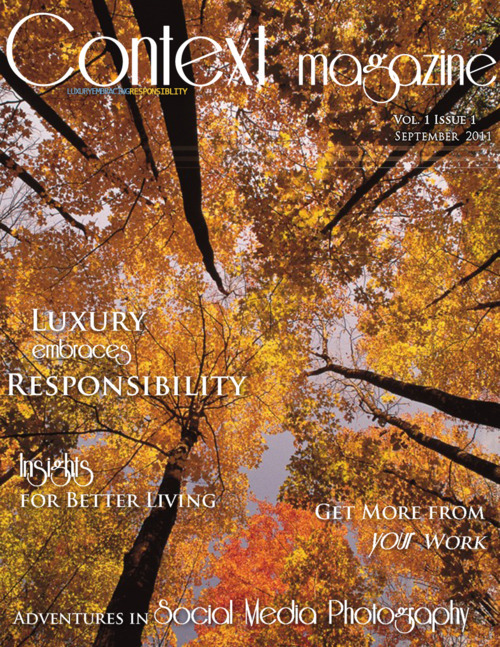
So much attention has been given to social media - monetizing it to justify the time and attention investment...and meaningfulness of networking.
The sustainability of the work has been an obvious consideration from the start and in that nailing down a simple to understand service serving a market that is growing was not as easy as I initially expected.
On one Side: Helping Luxury Service Providers advance relationships with women who want responsible luxury goods/services. Product - Podcast production with strategy - I produce purposeful conversations and create an engaging context for sharing them.
On the other side: I provide value to my social network by selecting people and their brands to be featured or introduced to a new market.
For obvious reasons I am interested in both all this personally and as sign posts of social evolution. I love exploring these ideas and will continue to do so, but unless I am only interested in conversing with myself I have had to do a better job of connecting with others.
The concept for Context Magazine is an experiment in Magazine as Interactive Art and exploring the potential of social media as part of an inclusive value creation infrastructure. The artworks are Art-i-facts in an Art Based research series about inclusion, social responsibility and women supporting each others highest expression...especially finding mediums work to engage more change agents across typical demographic divides.
For quite some time in the research aspects of Art Based inquiry I struggled to find a media that inspired me, allowed me to bring those ideas together and was accessible to the people I wanted to engage. I think we are making similar use of social media to move ideas forward and so I am curious about what our inquiries have in common.
Big ah-ha was realizing the magazine as a conceptual vehicle facilitates bringing together groups that are sometimes socially conditioned to resist each other.
Plenty of idealism boiled down to a conversation about using flip-page magazine channels as alternative distribution to replace the function and eliminate the barriers of the gallery. Very much the way that other artists are exploring how to use the internet and social media to disseminate public art...I am interested in defining Art Based Solutions as part of a model for community change.
In Context Magazine I want to embrace the opportunity to develop accessible collaborative artworks that help the business agenda and the BIG dreams...allow women to feel inspired and supported by sharing stories of the journey that give our lives Context.
The Free eCourse builds on helping people make better strategy decisions by learning to better understand the context of their problems and Solutions. I am really happy about this progress in being able to show how this Art Based Solution emerged.
Stay tuned....
 Project:Forgive postcard#3 by Yvette Dubel
Project:Forgive postcard#3 by Yvette Dubel [/caption]
[/caption] [/caption]
[/caption]

 [/caption]
[/caption]



